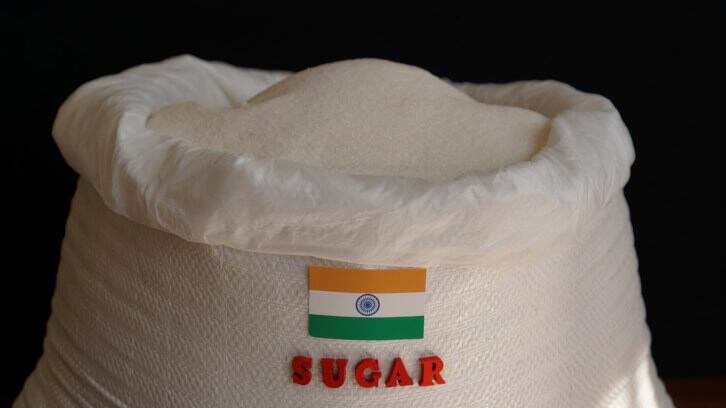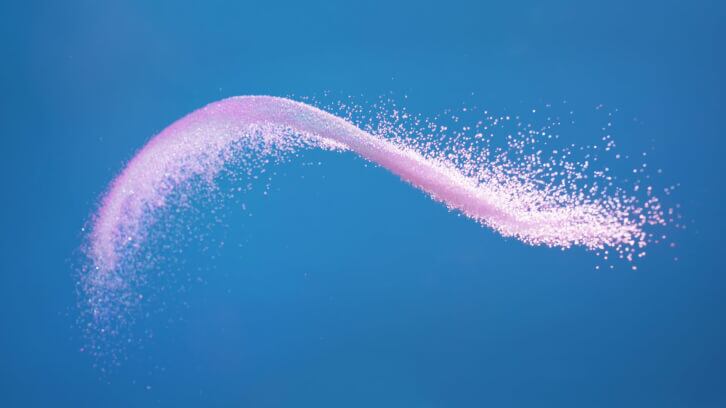In the global league table of sugar consumption, India takes gold. But it’s a headline that only tells half of the story because it also has the highest population (18% of all humans on the planet live in India).
When laid out against the rest of the world, in Health Focus International’s 2024 Global Trend Study the Indian market’s sugar consumption is approximately the same as global sugar production. The interesting findings don’t end there though.

Surprising findings: Sugar consumption and concerns
While their per capita sugar intake is fairly standard, Indian consumers are more concerned about their sugar intake than many of the other 25 countries analysed in the report. Indeed more than three-quarters (76%) of Indian consumers are extremely or very concerned about sugar, compared to a 59% average among the global population.
“Countries like Brazil, Saudi Arabia and Thailand that have higher sugar intakes are also highly concerned about sugar, which is the relationship we would predict,” Angela Johnson, Dietary and Nutrition Insights Manager at HealthFocus International, told Confectionery News.
“Unfortunately, this is the exception rather than the rule,” she says.
What’s more common is for countries such as Nigeria, India, Indonesia, the Philippines, and Vietnam which have low sugar intakes to also be the populations most concerned about it.
“It’s easy to assume that their high concern is helping them limit their sugar intake,” Johnson says. But, it’s more likely down to a variety of factors, including socioeconomics and the ability to spend money on less-healthy, ‘luxury’ foods and beverage products.
“In fact, increased average income in some developing countries is predicted to increase sugar consumption,” Johnson adds. According to the United Nations Food and Agriculture Organization (FAO), some countries that will likely increase sugar use the most in the coming years include Egypt, Ethiopia, China, India, Indonesia, Thailand, and Vietnam.
“Overall, most of the increased demand between now and 2030 is predicted to come from developing countries,” Johnson details, referencing the 2023 OECD-FAO Agricultural Outlook 2023-2032.
Among some western countries opposite correlations play out with countries with higher-than-average sugar intake, such as Australia, Turkey and the US, having consumers who are less concerned about it.
Lacklustre low-sugar and sugar alternatives
Growing health and wellness consciousness influences shoppers’ sugar intake. For example, HealthFocus International states that India’s already high and increasing diabetes prevalence is likely causing consumers increased awareness of the amount of sugar they eat.
While consumers look to cut back on their sugar intake as “sugar continues to be villainised” concerns also extend to artificial sweeteners according to the study. Interestingly, Indian consumers are more concerned about both their sugar and artificial sweetener intake than consumers in many countries that eat more sugar per capita.
Prompting sugar reduction efforts
The research reports that in some countries, government and nonprofit interventions are helping with per capita sugar reduction. “In some cases, the relationship between sugar and numerous health issues continues to become more understood and publicised, prompting a predicted decline in sugar use in countries like Canada and Australia,” says Johnson.
Many governments are taking action too. Mexico became the first country to impose such a tax on sugar-sweetened beverages a decade ago, with 53 other countries joining them. “This may, in part, explain the predicted decrease in intake in Brazil and Mexico,” says Johnson.
Consumers and nonprofits are also driving demand for both lower-sugar and less-sweet products. For example, a group of food companies aligned to create the Alliance to Control Excessive Sugar seeks to increase consumer awareness about sugar intake and to promote low-calorie natural sweeteners.
Sweets with less-sweet tasting profiles on the up
The study also found that today’s global consumers now prefer products to be less sweet than they used to. It points to an important new direction of travel for manufacturers’ new product development. “Sugar prices are predicted to increase, while greater awareness of how sugar affects health will prompt more suggestions and regulations around sugar intake at the same time that consumers want products that aren’t as sweet,” says Johnson. “Decreasing sugar in sweet products could be a triple win here. There’s a lot of opportunity.”

